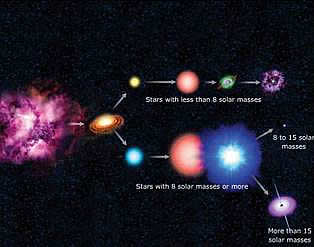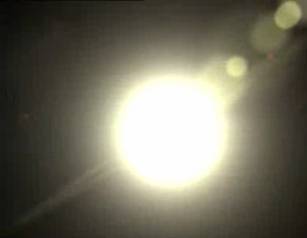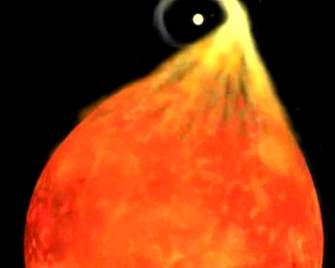 |
 |
 |
President Dwight D. Eisenhower established the National Aeronautics and Space Administration (NASA) in 1958 with a distinctly civilian (rather than military) orientation encouraging peaceful applications in space science. The National Aeronautics and Space Act was passed on July 29, 1958, disestablishing NASA's predecessor, the National Advisory Committee for Aeronautics (NACA). The new agency became operational on October 1, 1958.
Since that time, most US space exploration efforts have been led by NASA, including the Apollo moon-landing missions, the Skylab space station, and later the Space Shuttle. Currently, NASA is supporting the International Space Station and is overseeing the development of the Orion Multi-Purpose Crew Vehicle, the Space Launch System and Commercial Crew vehicles. The agency is also responsible for the Launch Services Program (LSP) which provides oversight of launch operations and countdown management for unmanned NASA launches.
Take the journey into the Orion Nebula for a look at the birth, life, death of a star, a star is born – literally. The star begins as a cloud of gas and dust to its eventual end. They devour each other and end their lives by scattering gas and dust across the cosmos. Aging bright stars in the cluster glow in intense shades of red and blue. The majority of middle-aged stars, several billions of years old, are whitish in color. A myriad of far distant background galaxies of varying shapes and structure are scattered around the image.




.jpg/280px-NGC_4414_(NASA-med).jpg)